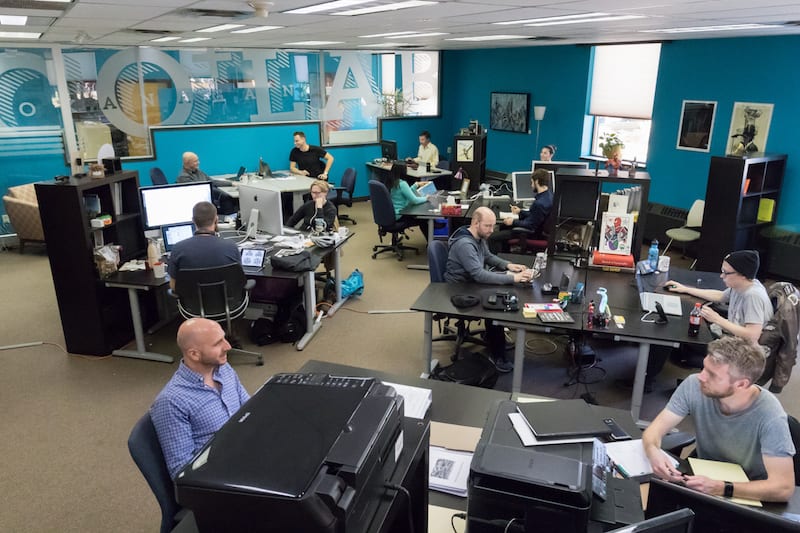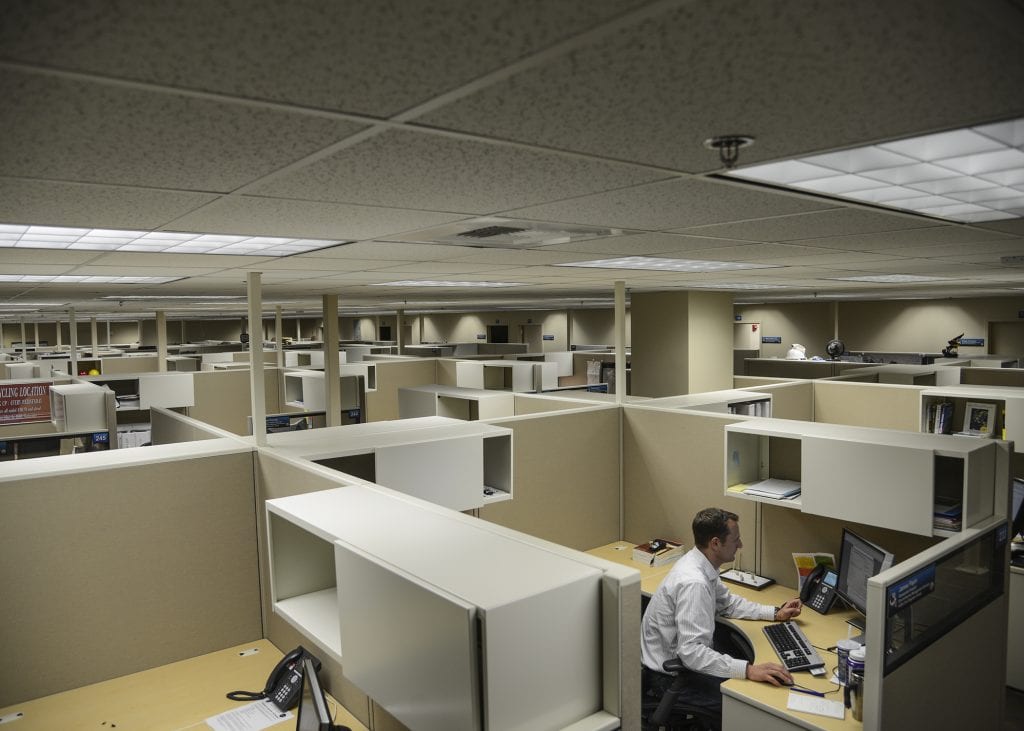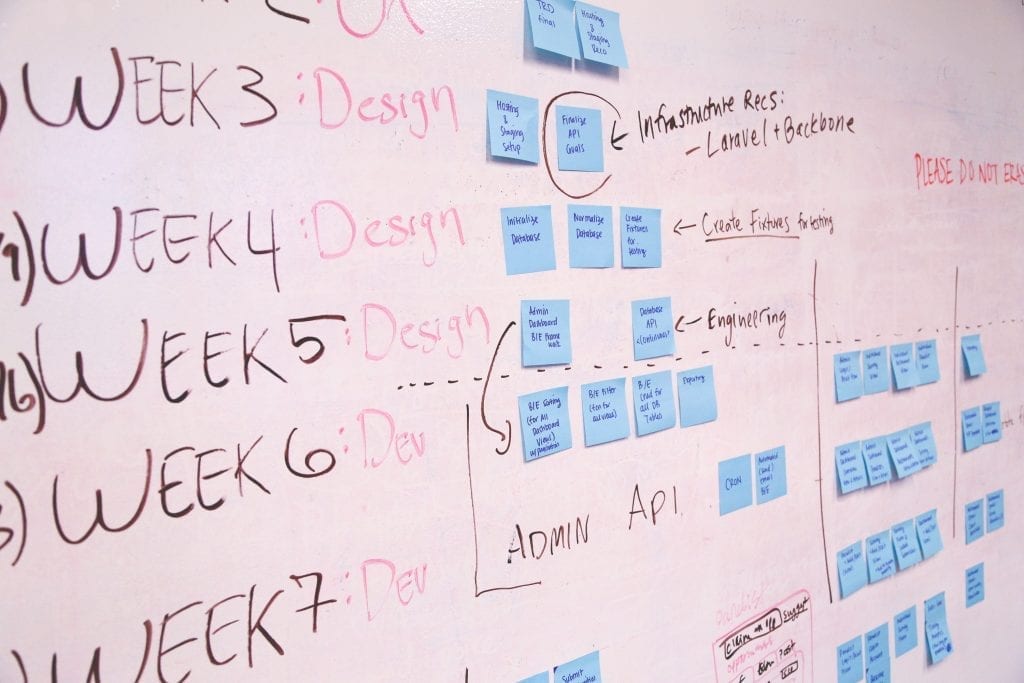

Whether you’re an independent worker who just quit a salaried position to go freelance or a CEO who’s shaking things up, moving from a typical office into a coworking space can present a variety of benefits – like happier and more engaged personnel, more creative ideas for projects, and cost savings.
However, the shift can be jarring if you’re not sure what to expect. Coworking spaces are both functionally and culturally different from traditional office buildings, and for good reason: They’re founded on the principle that good things happen when we all work together.
So how can you manage the transition in a way that maximizes productivity and minimizes headaches? Here are just a few things to be prepared for.
Culture Shock: A Completely Different Approach to the World of Work
One of the great things about coworking spaces is the culture they tend to foster. The people who tend to be attracted to coworking spaces include working artists, creative professionals, upper-year college students, and digital nomads – all people who generally tend to have a rabble-rouser mentality.
These are people who come from a knowledge economy background – people who live in a world where hours worked is a poor measure of economic value, where crosswords, foosball, and other activities typically seen as “slacking” are actually vital methods of boosting creativity, and where no workplace tradition is above questioning.
(One little-known fact about the culture at coLab: If you show up wearing a suit & tie, there’s a good chance you’ll wind up on the receiving end of a friendly ribbing.)
If you’re coming from a more traditional background, this free-structured environment can seem jarring or even unprofessional. But the great strength of coworking spaces is that they are, by nature, culturally eclectic. The open, free-structure, collaborative nature of coworking allows ideas to disseminate and fosters collaborative work and innovation, which are essential elements of any knowledge industry.
While we won’t force you to adapt to our culture, we also won’t change it for you. Coworking is all about community, and the culture of a coworking space grows organically as a result of the many different personalities that occupy the space.
Sharing is Caring: Transitioning from Dedicated to Shared Resources
In a private office, your company has its own dedicated resources – dedicated printer and scanner, dedicated IT manager, dedicated meeting rooms, dedicated lounge. Dedicated amenities, usually with specific people designated to oversee them. And while some permanent fixtures are included in the office rent, most traditional office buildings require you to foot a variety of bills for things like furniture, utilities, and maintenance.
In a coworking space, all of the members share the turnkey amenities and resources. In many cases, basic furniture is already provided, and utilities and maintenance are included in your rent. While this means that you may occasionally encounter a line for the printer, it also means that you’ll no longer have to spend money on toner cartridges.
(And we all know how much of a pain buying toner can be. What do you mean the old black ink was discontinued? What do you mean the new toner line is more expensive? What’s this toner made of, unicorn tears? It’s cheaper to just buy a new printer!)
Coworking Communities: Prepare to Make Some New Friends
Perhaps one of the most noticeable differences between a coworking space and a traditional office is the number of community events that happen. The shared nature of a coworking space makes it easy for any one member to plan and host an event, which means that in any given week you’ll have no shortage of informative lunch & learn sessions, useful workshops, and fun social events to attend.
While it’s not mandatory to attend these events, it is highly recommended that you do. The diverse member base present in a coworking facility means that information sessions are a great way to learn new skills from an array of experts in many different fields, and the rotating calendar of social events makes it easy to make valuable new business contacts, unwind from a difficult week, and meet the basic human need for social connection.
(TL;DR – coworking protects your sanity through the power of friendship!)
Coworking is a great way to boost your creativity, become immersed in a community, and get more value out of your time in the office. It’s also a fantastic alternative to the typical office. And with flexible policies (Dogs allowed! T-shirts preferred over suits! Book the days you need!) it’s a creative professional’s dream.
How has coworking helped you to be more creative, more productive, or happier than when you were imprisoned in CubicleLand?


